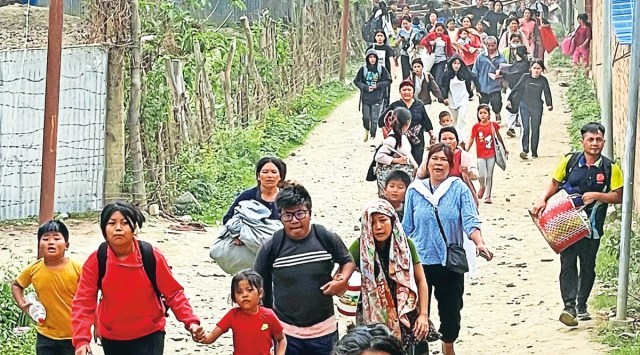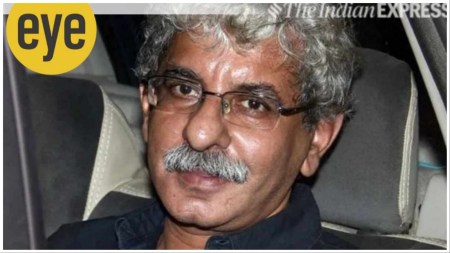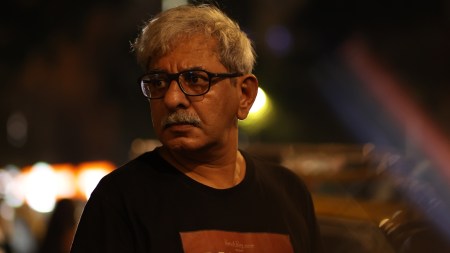
Mizoram, a neighboring state, has accommodated over 12,000 people so far, but is beginning to feel the strain. Top officials are stressing the need for funds from the Centre.
Mizoram’s Home Commissioner H Lalengmawia stated, “So far, we have not received any financial support. We have been providing relief with contributions from the church, voluntary organizations, and private individuals. However, without immediate intervention from the central government, we will run out of resources in about two weeks. We are doing our best to provide for the displaced people despite our limited budget.”
In May, Chief Minister Zoramthanga requested at least Rs 10 crore in financial assistance from the Prime Minister to support those displaced by ethnic violence. A delegation led by state cabinet minister Robert Royte also visited earlier this month to request funds.
Aizawl district has more than 4,000 displaced people, with the YMA running 12 relief camps. The organization has appealed to the state government to set up more relief camps. Since the violence broke out on May 3, around 37,000 people have moved to relief camps in Manipur, and thousands have fled to other states. Mizoram, sharing a border with Manipur, has felt the impact of this conflict the most.
As of Monday evening, the total number of displaced people from Manipur in Mizoram was 12,162, with 2,937 staying in 35 relief camps and the rest with family or friends. The state government and civil society in Mizoram have been working together for nearly two months to support these “internally displaced” people. The state government also formed a 19-member Executive Committee on Internally Displaced Persons of Manipur in Mizoram to oversee relief and humanitarian assistance.
According to state Education Director Lalsangliana, more than 1,500 children from “internally displaced families” have been admitted to schools in Mizoram.
Mizoram is also hosting around 35,000 Chin refugees, despite central government directives not to do so. The state’s civil society is also feeling the strain.
Relief camps have been set up by village councils in conjunction with civil society organizations, particularly the influential Young Mizo Association, and with the support of the district administration. In Kolasib district, sheltering the highest number of displaced people, the YMA and village councils have constructed temporary houses made of bamboo.
Around 1,480 of those displaced are staying in relief camps in the district. The biggest camp, with more than 300 people, has been set up by the district administration in Thingdawl. The other 13 are being run by village councils and the YMA. The functioning of these camps is dependent on goodwill and donations.
Mizoram’s Home Commissioner Lalengmawia stated that those displaced should ideally be “repatriated,” but they are not willing to return until the situation in Manipur returns to normal.
The Manipur government has stated that they are working on rehabilitating and providing relief materials to all those in relief camps within the state. They hope that people will come back to the state as the situation improves.
















